Classical Portrait
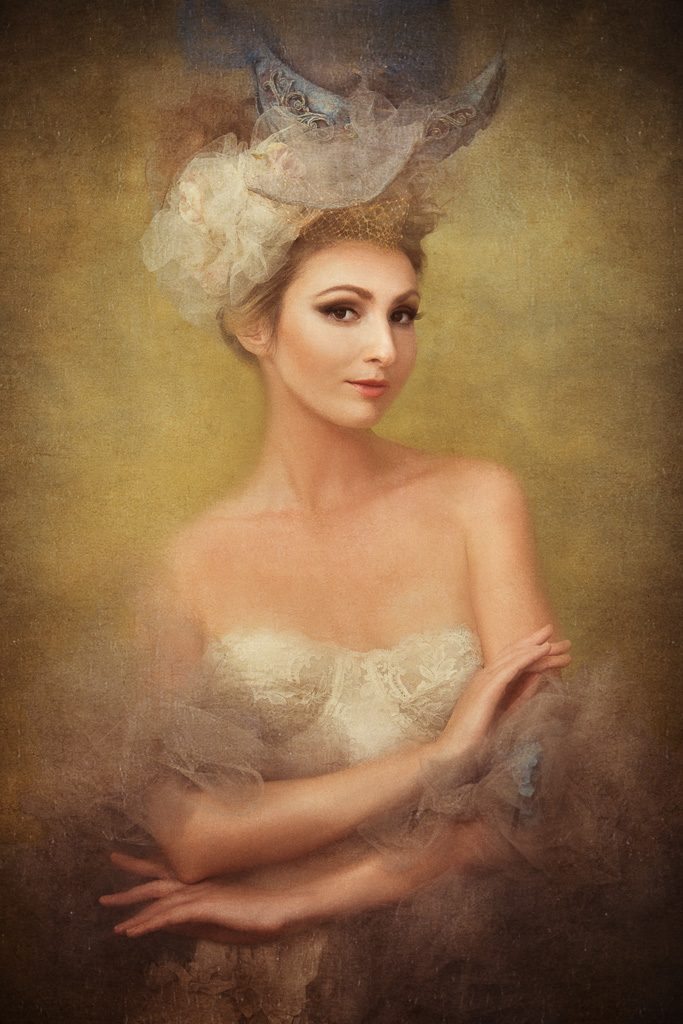
Appreciate the irony:
Up until the Industrial Revolution – mid-XIX century, your status played the most important part of whether or not you would ever see a portrait of yourself.
Hear me? Having portraits of family members on the walls was a clear message of the status. Reasons? Well, cost… even a canvas had to be done by an apprentice at the studio.
Now – we have zillion portraits of ourselves, mostly in digital form. And yet, having portraits of family members on the walls still correlates with the status or class. Reasons? Tradition and value.
The portrait is an enigma. At some, we merely glance – “nice”. Some carve an everlasting trace, never ceasing to be a puzzle of what exactly causes a desire to see it again, and again.
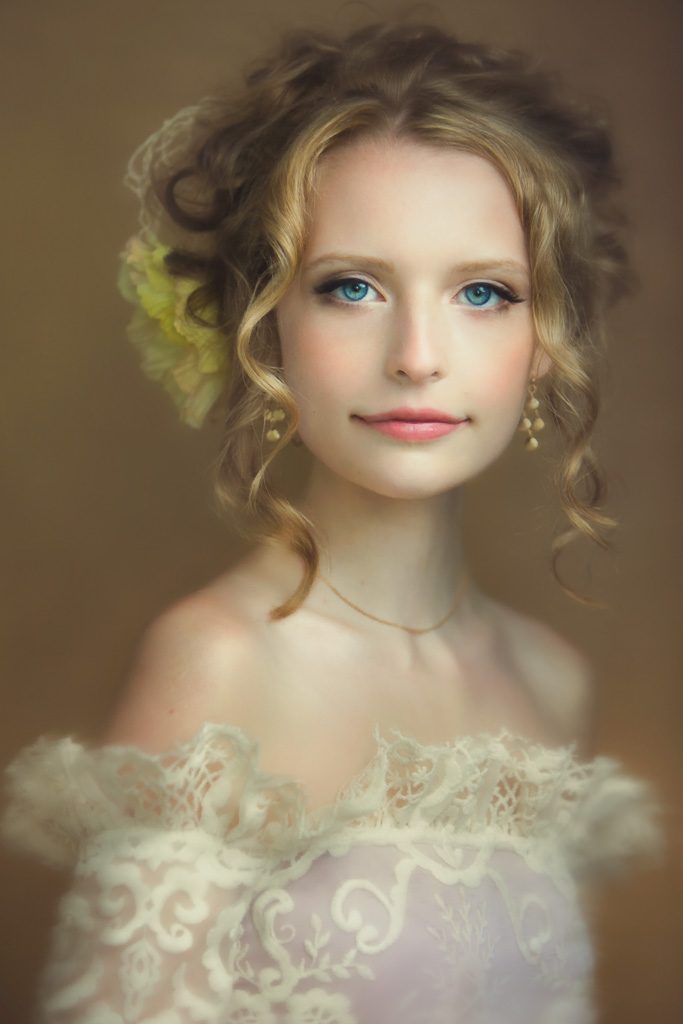
Do you know what makes Mona Lisa immortal in Art History? It is a breakthrough. It’s done with technique discovered a century later. It is essentially a first Baroque painting.
Baroque painting principles, some of them, are quite difficult to use in photography. Wait… why am I talking about Baroque style? Because the key to the magic of a timeless, lasting impression portrait lies within.
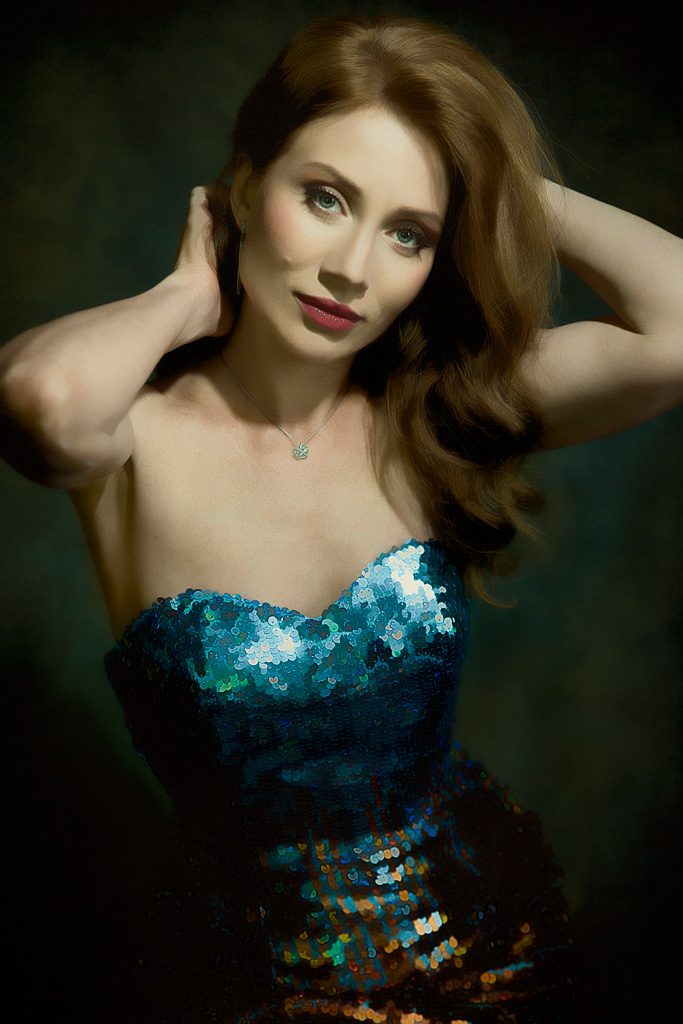
The mastery of Baroque painting was kept in secret for centuries, passed from master to apprentice, and not clearly understood even by painters. There were attempts to describe what makes beautiful – beautiful, but until XX century (and genius of Heinrich Wölfflin) to no avail.
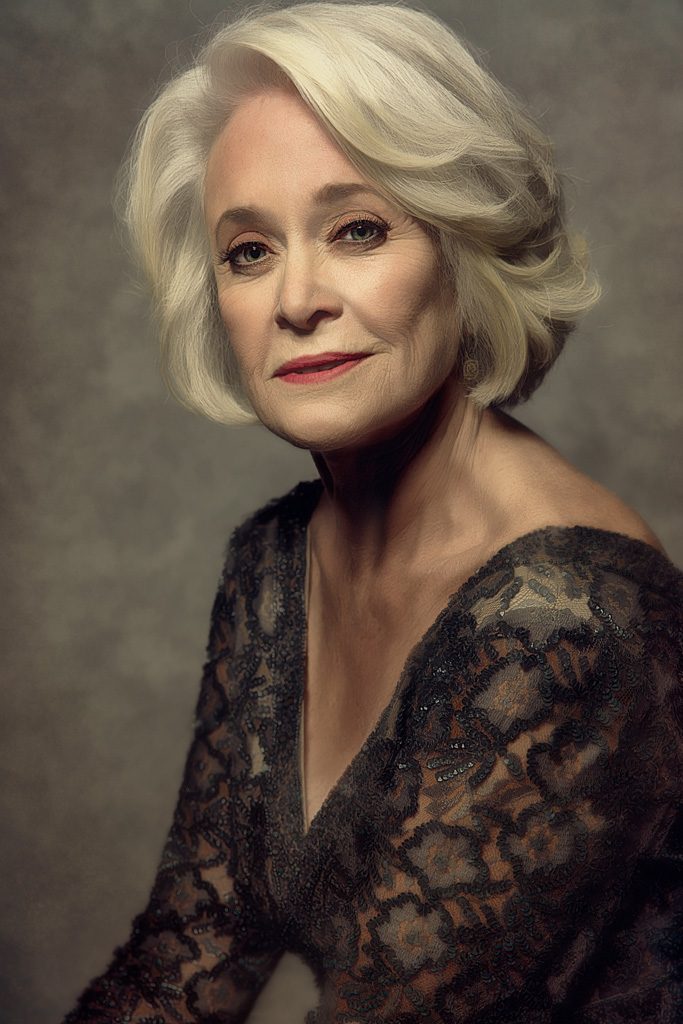
The secret is simple and yet difficult to use – essentially there need to be a room for the viewer’s imagination to add to the portrait, to reconstruct it. Some of the ways to do it – by using principles of Unity and Open Form (wink – google is your friend if you want to learn more about these) – done in composition, and Painterly contour – done in post-production, personally I do it by using this action. The cherry on top – is color treatment.
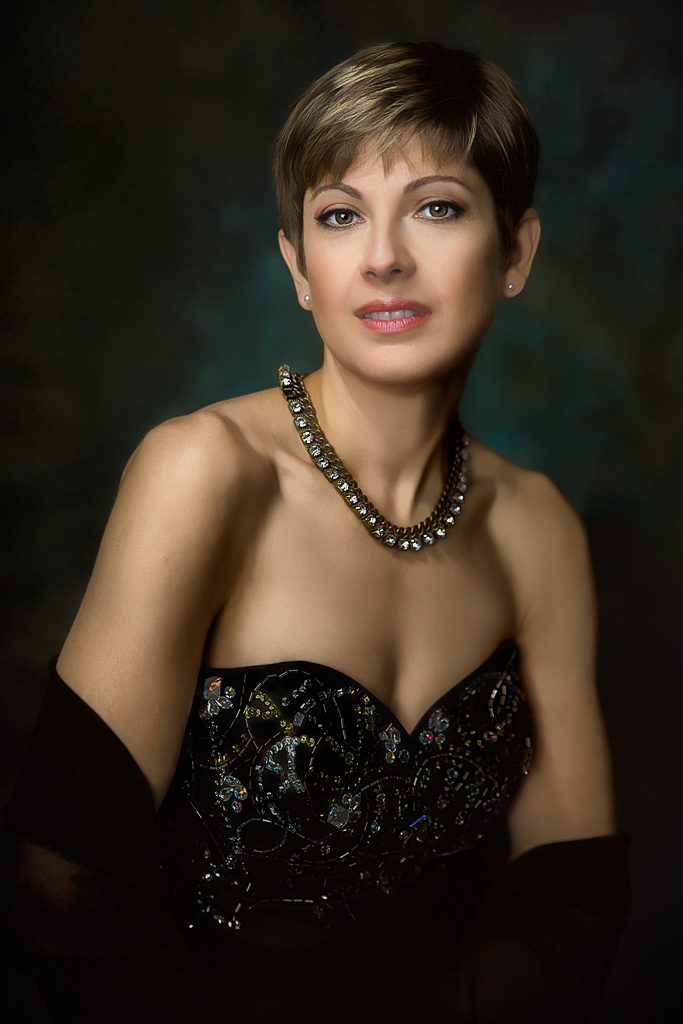
The Classical Portrait is on the way to making a full circle – from exclusivity of a painted portrait to mass photography – and back to the exclusivity of a photography-based Classical Portrait.
Poets, you should love painting!
For it alone
Can portray on canvas
Signs of an unsettled soul.
Remember how Struiskaya,
Draped in satin, looked at us
Out of Rokotov’s portrait
From the depths of the past?Her eyes were two clouds,
Half-smiling, half-weeping,
Like two lies,
Veiled by the mist of failure.
Two riddles came together,
Half-rapture, half-fright,
A touch of mad tenderness,
An expectation of mortal pain./N. Zabolotsky, translated by Christopher R. Fortune
When darkness descends,
And a thunderstorm threatens,
Her lovely eyes will glimmer
From the depths of my soul.
What a beautiful work!
Great post as well!
Perhaps you can make a video on how you edit the images for the Baroque look – that would be so much appreciated.